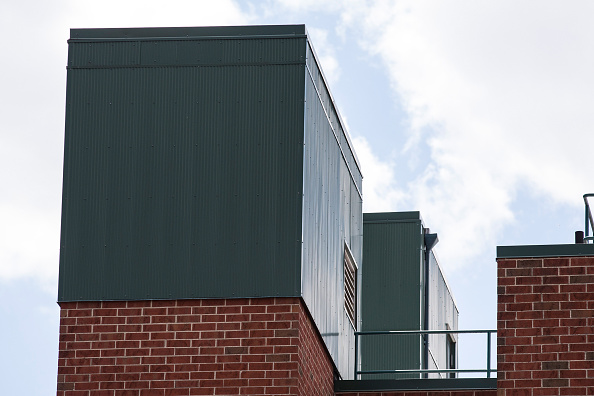
When the bacteria that cause Legionnaires' disease were discovered in a cooling tower in the South Bronx, New York City officials decided the cleanup could not wait. They issued a letter ordering every building in the city with a cooling tower to evaluate and disinfect it within 2 weeks.
The Legionnaires'outbreak, which has claimed 12 lives and sickened more than 120 people in the South Bronx, is the worst in the city's history. People can contract the illness by inhaling contaminated mist from a cooling tower or another water source.
But the order has strained the resources of the limited number of companies that specialize in cleaning and repairing cooling towers. It has also frustrated some building owners who see it as an unnecessary expense and has created confusion about what is required.
There are thousands of cooling towers in New York. While there were guidelines that cooling towers to be properly maintained and cleaned, typically twice a year, to help control the growth of Legionella bacteria, there were no legal requirements. Now, the city has passed legislation that requires building owners to conduct quarterly inspections of cooling towers.
Some buildings are disinfecting their cooling towers for the first time, according to companies that are struggling to keep up with the surge in demand. The two-week deadline is stressing everyone including the few companies that do this type of work. The process for disinfecting a cooling tower can range from simply adding chemicals to an extensive scrubbing. Extensive cleaning means that the building's air-conditioning has to be shut down in August. The order does not specify what cleaning should entail, however.
As building owners rush to disinfect their towers, many are uncertain how clean the tower needs to be. The order calls for an "environmental consultant with demonstrated experience" to evaluate a tower, and to disinfect it according to accepted standards. But beyond that, it does not specify what treatments must be used.
Legionella bacteria are commonly found in aquatic environments - even sites such as rivers, wells, plumbing systems and hot tubs - and pass into the lungs via mist or water spray.
